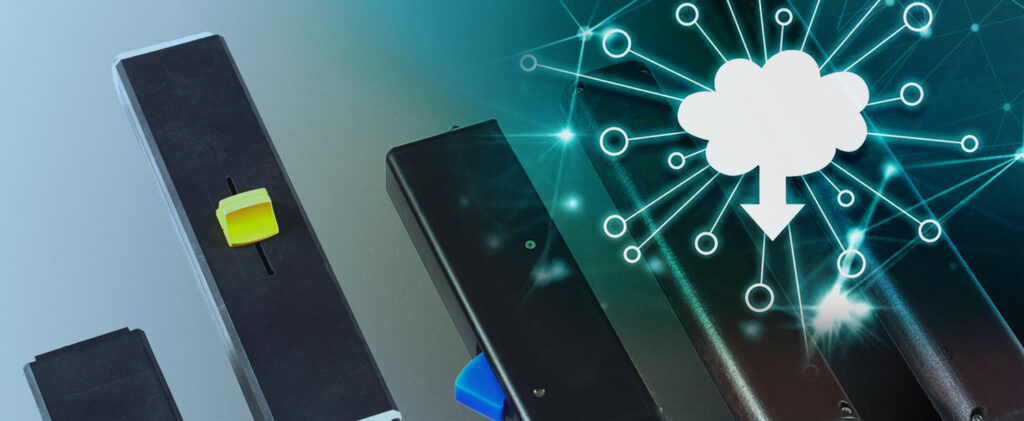Issues in implementing Energy harvesting devices

Numerous examples of harvesting kinetic energy of the surroundings to power sensors and telecommunications modules exist.
For example, the kinetic energy of vibrations of roads and bridges can be harvested to power sensors and telecommunications modules that record and transmit bridge conditions and degradation data. Additionally, energy harvesters can be installed in washroom doors to monitor usage. They can also be used to monitor livestock. The possibilities of applying EH modules are almost endless, and energy harvesting is expected to contribute to a wide range of fields such as FA, medical, welfare, transport, logistics, infrastructure, environment, daily life, and entertainment.
However, it cannot be said that EH is currently in widespread use. The main reason is the gap between the cost and performance of current energy harvesting technology.
In terms of cost, the cost of current EH technologies is much higher when considering them as an alternative to batteries in conventional applications. This surplus of the cost depends on the unique control circuits and power storage units necessary to efficiently utilize the tiny amounts of power harvested by energy harvesting devices.
Regarding performance, there are many cases in which the transmission distance of the telecommunications module is not appropriate for the application. The amount of power that can be drawn from EH is much less than available from conventional batteries. Even if beacons, blue tooth low energy (BLE), Zigbee, and other modules are used, the distance to the receiver (master unit, such as gateways) is often too great. To solve these issues and bring EH performance in line with market requirements, Orbrays focuses on developing energy harvesting devices that can achieve high power generation with simple mechanisms. In addition to beacons, BLE, and Zigbee, it is now possible to transmit specific low power radio signals for long distances (high power consumption). We will continue the R&D effort to improve EH technologies and apply EH to low-power, wide-area (LPWA) networks.
Vibration-powered Sensors and Wireless Transmitters
What is Energy Harvesting? What is Energy Harvesting Challenges?
-
What is Energy Harvesting? What are Energy Harvesting Challenges?

-
IoT devices that operate without power supplies

-
Power Generated by Environmental Harvesting

-
Generating electricity from mechanical vibrations - How it works and what it is used for

-
Making Energy Harvesting devices smaller, thinner, more durable, and more efficient



